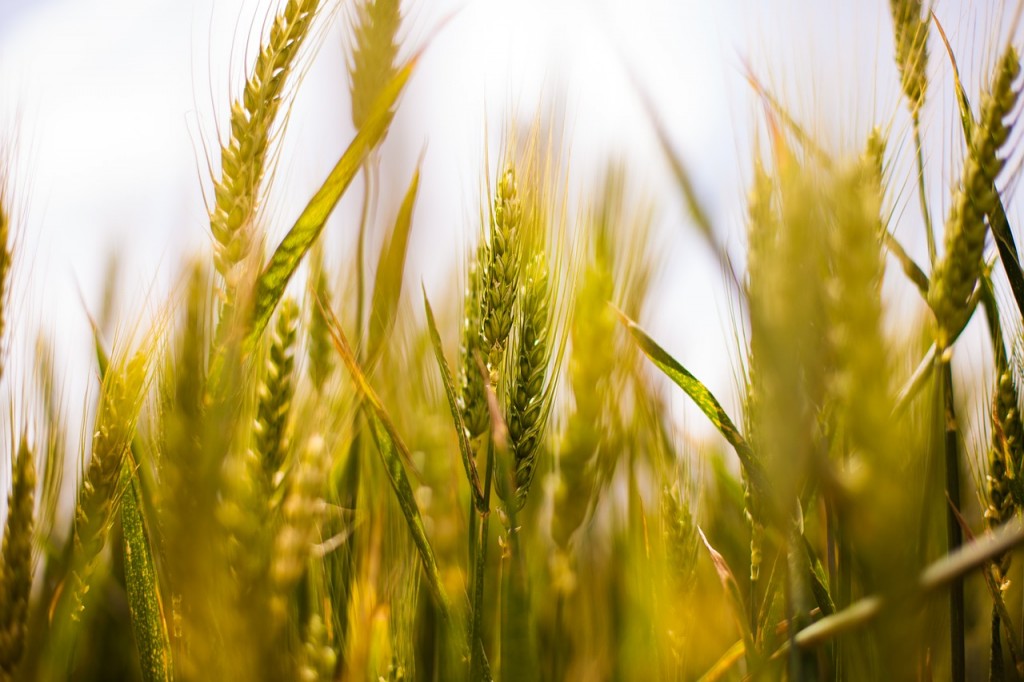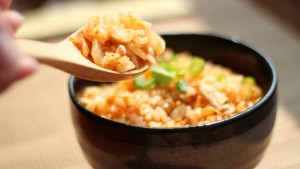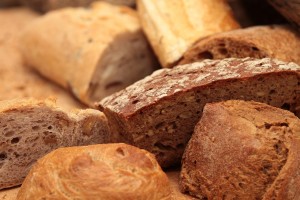
A gluten-free diet is one which avoids avoids all foods containing gluten, primarily found in breads, pasta, and cereals. While many people on a gluten-free diet follow it because they have been diagnosed with Coeliac Disease, many do it for health reasons and personal preference.
Coeliac disease is a lifelong condition in which the sufferer has an intolerance to gluten – a protein found in wheat, barley and rye. The only treatment for someone suffering from coeliac disease is to be put on a gluten-free diet. You can visit coeliac.org.uk for more information on having a gluten intolerance.
Symptoms of coeliac disease
The most common symptom is diarrhoea, which is caused by the body being unable to absorb nutrients properly. Other symptoms include:
- Bloating and stomach pain
- Flatulence and noisy stomach
- Weight loss
- Tiredness
- Tingling and numbers in hands and feet
- Vomiting
- Swelling of hands, feet, arms and legs
Some people may have a wheat intolerance, rather than a gluten-intolerance – which have similar symptoms. This does not mean you need to be on a gluten-free diet, and you can still consume gluten in foods such as rye and barley. But if you are allergic to gluten, you must avoid wheat as all wheat contains gluten.

Naturally gluten-free foods:
- Meat and fish
- Fruit and vegetables
- Rice and potatoes
- Lentils and beans
- Chick peas
Naturally gluten-free flours:
Some ready meals and pre-prepared foods are also suitable as they are gluten-free, but this will need to be checked before eating.
Foods which contain gluten:
- Pasta and noodles
- Bread and pastries (croutons, croissants, rolls, muffins, bagels)
- Crackers and biscuits (brownies, cakes)
- Cereals and other breakfast foods (pancakes, waffles, crepes)
- Sauces and gravies
- Flour Tortillas
- Beer (unless specifically gluten-free)
- Anything else which contains ‘wheat flour’ as an ingredient
Foods which may contain gluten and need to be verified before eating:
- Chips and french fries
- Energy and granola bars
- Sweets
- Soups
- Salad dressing and soy sauce
- Vegetarian meat substitutes
- Processed and pre-seasoned meats
Thankfully, most supermarkets have their own Free-From range now, and there are plenty of brands offering gluten-free alternatives to all your essentials and favourite foods. See our Free-From products section for more information on the range of gluten-free products available.
Getting sufficient nutrients
If you’ve been diagnosed with Coeliac Disease, your stomach lining may be damaged from gluten you have previously eaten. You may be less able to absorb vitamins and nutrients in the food you eat. As you may suffer from deficiencies from nutrients like Iron, it is recommended that you speak to your GP about any nutritional supplements you may need to take.
Fibre can be lacking in a gluten-free diet as fibre is commonly found in cereals, wheat and barley. Wholegrains are high in fibre and nutrients, and are important for a balanced diet. Wholegrain foods can be identified as they usually have the word ‘whole’ in the name, and wholegrain is a key ingredient.
Gluten-free wholegrain foods high in fibre include:
- Brown rice
- Corn (including popcorn)
- Buckwheat
- Quinoa
- Some muesli (must check gluten-free)

Tips for adding fibre to your diet:
- Eat your five-a-day portions of fruit and vegetables
- Add dried fruits to your meals, for example in gluten-free cereals and yoghurts
- Add pulses to your meals, such as soups and salads
- Choose brown bread gluten-free alternatives to bread, rolls and pasta, with multigrain
For delicious inspiration, check out our gluten-free recipes tag.
You can also check out our Pinterest board where we collect useful gluten-free living resources.
